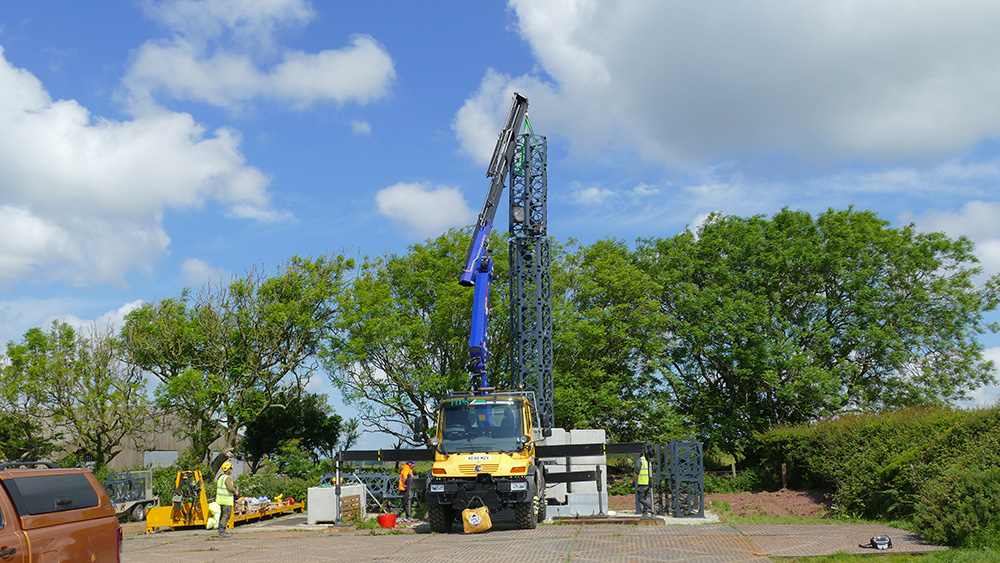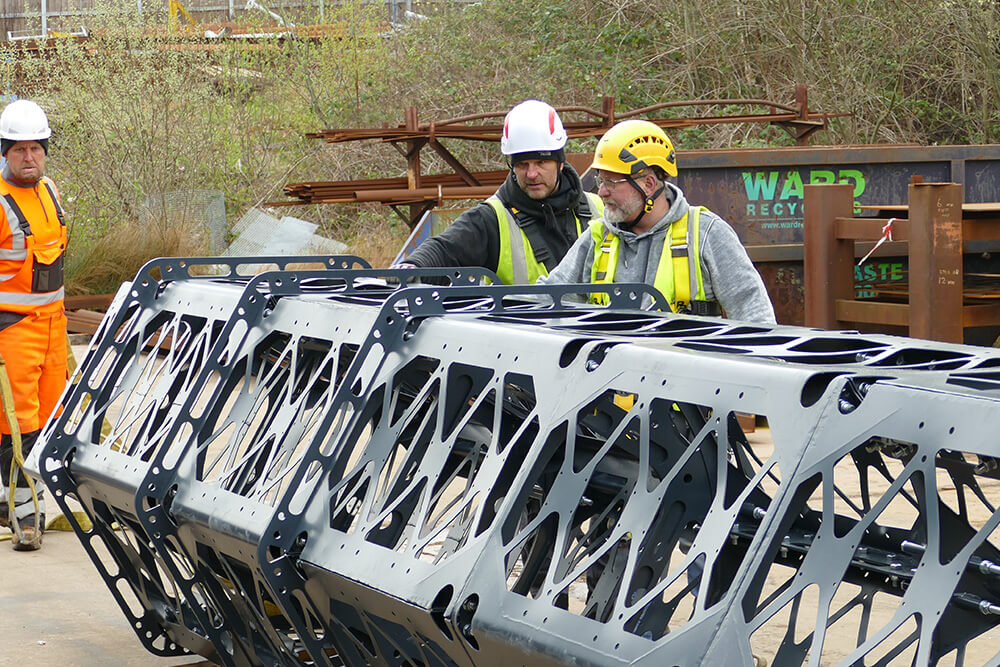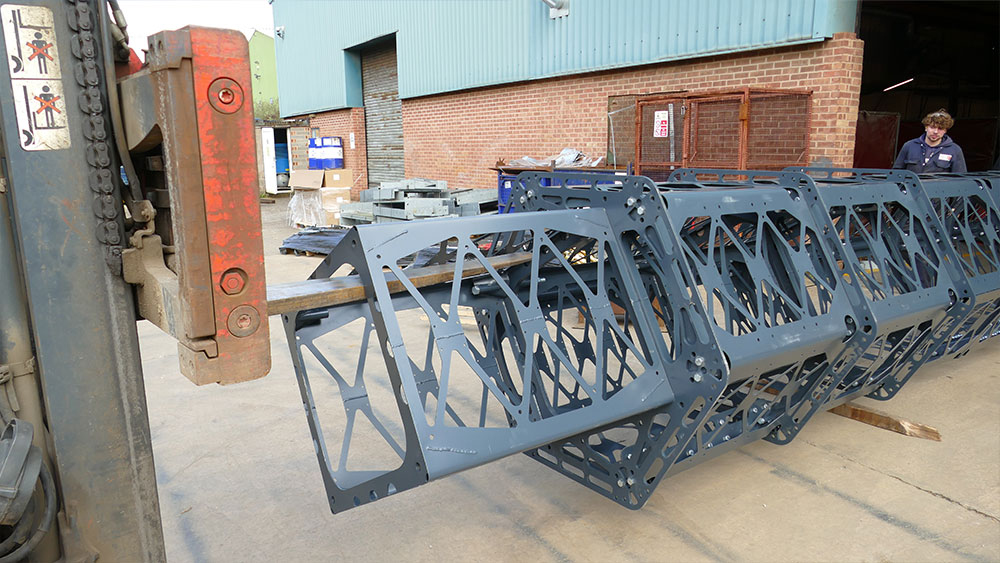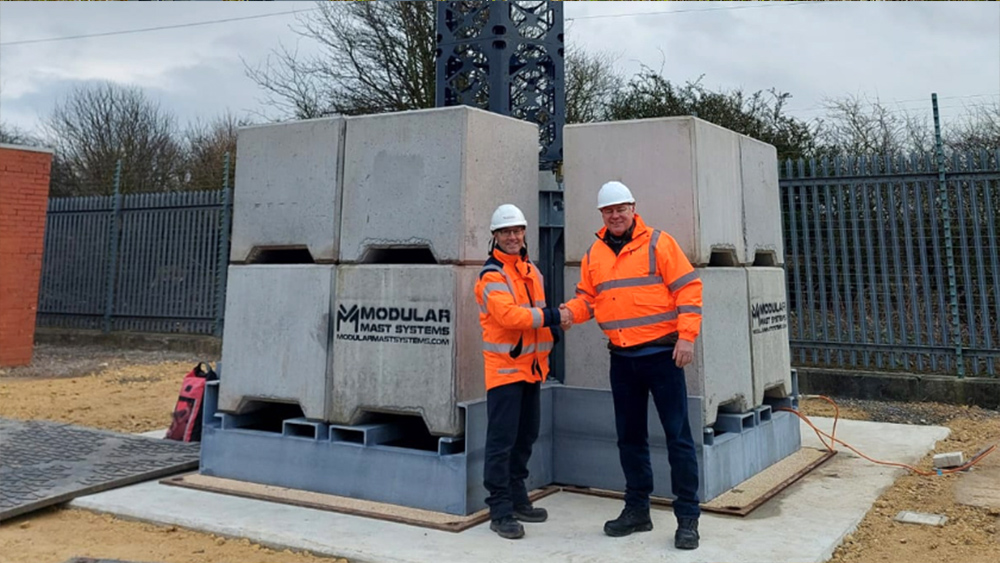The communications market has seen transformative advancements over the past few decades, driven by the demand for faster deployment, cost efficiency, and adaptability. Among these innovations, modular mast systems have emerged as a critical solution, revolutionising the way infrastructure supports modern communication needs.
The Early Days: Fixed Mast Systems
In the early days of telecommunications, traditional fixed mast systems dominated the landscape. These structures were robust and designed for long-term use but came with significant challenges. Fixed masts were expensive to build, required extensive groundwork, and were time-consuming to deploy. Their lack of flexibility made them impractical for temporary setups or areas with rapidly changing demands.
As the telecommunications market expanded—spurred by the rise of mobile networks, military communication needs, and broadcasting requirements—the limitations of fixed systems became increasingly evident. This set the stage for the development of modular solutions.
The Rise of Modular Mast Systems
The concept of modular mast systems gained traction in the early 2000s as industries sought solutions that were both scalable and adaptable. Modular systems were designed to overcome the inefficiencies of traditional masts by offering lightweight, stackable components that could be assembled quickly and transported easily.
The introduction of modular masts transformed infrastructure planning for several reasons:
- Rapid Deployment: Modular systems allowed operators to respond to immediate network demands, such as emergency coverage or event support.
- Cost Efficiency: The reusability of modular components reduced costs associated with one-time fixed mast installations.
- Flexibility: These systems could be configured for various heights and load requirements, making them suitable for diverse environments, from urban centres to remote locations.
- Minimal Groundwork: Unlike traditional masts, modular systems required less groundwork, reducing environmental impact and speeding up deployment timelines.
Meeting the Needs of a Changing Market
As mobile networks evolved from 2G to 5G, the demand for adaptable infrastructure solutions grew. Modular mast systems proved to be an ideal fit for modern communication challenges:
- Temporary Deployments: From festivals and disaster relief efforts to military applications, modular masts offered a reliable, rapid deployment option.
- Urban Environments: With urbanisation and densification of cities, modular systems became a practical choice for rooftop installations and constrained spaces.
- Sustainability: Many modular masts incorporated sustainable practices, such as using recyclable materials or offering solutions like weighted bases that utilised locally available ballast to reduce transportation emissions.
Innovations in Modular Mast Technology
Recent advancements in modular mast systems have focused on enhancing their strength, reducing their weight, and improving ease of assembly. Materials such as high-strength martensitic steels have enabled lighter yet more durable designs, while innovations in engineering have allowed for modular solutions that can withstand extreme weather conditions.
Moreover, the integration of digital tools, such as CAD simulations and AI-driven optimisation, has streamlined the design and deployment process. These innovations ensure that modular systems meet precise requirements for specific applications, such as maintaining network coverage during maintenance or supporting new broadcasting technologies.
The Future of Modular Mast Systems
The future of modular mast systems lies in their ability to adapt to emerging technologies and market needs. With the ongoing rollout of 5G and the development of private networks for industries such as healthcare and manufacturing, the demand for scalable, low-impact infrastructure will only increase.
Additionally, the growing emphasis on environmental, social, and governance (ESG) compliance means modular mast systems must continue to prioritise sustainability. Lightweight designs, reduced energy consumption, and recyclable components will play a critical role in shaping the next generation of modular solutions.
Choose Modular Mast Systems
From our humble beginnings as a response to the inefficiencies of fixed systems, Modular Mast Systems have become indispensable in the communications market. Their ability to adapt, scale, and minimise environmental impact has made them a cornerstone of modern telecommunications infrastructure.
As the market continues to evolve, we will remain at the forefront, ensuring that connectivity is faster, smarter, and more sustainable than ever before. For businesses seeking infrastructure solutions that can keep pace with a rapidly changing world, modular masts represent the ultimate combination of innovation and practicality.




